Summary | Excerpt | Reading Guide | Reviews | Beyond the Book | Read-Alikes | Genres & Themes | Author Bio
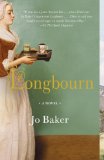
Critics' Opinion:
Readers' Opinion:
First Published:
Oct 2013, 352 pages
Paperback:
Jun 2014, 352 pages
 Book Reviewed by:
Book Reviewed by:
Sarah Sacha Dollacker
Buy This Book
This article relates to Longbourn
In Longbourn, the housemaid Sarah's frustration with the laundry would have been shared by anyone who cleaned clothes during the early 19th century. Our modern process of sorting, dumping into a machine, pouring in soap, and pressing a button is an embarrasingly wonderful diminution of this once complicated and time-intensive process.
 Doing the laundry during this period was such a daunting task that even mistresses of households that employed servants often pitched in. The wealthier families were able to employ servants who, like Sarah, focused mainly on laundry duties. For most families without dedicated laundresses, two days a week were set aside for doing laundry. Washing, boiling, and rinsing a standard load of laundry required around 50 gallons of water, which had to be hauled from a convenient water source.
Doing the laundry during this period was such a daunting task that even mistresses of households that employed servants often pitched in. The wealthier families were able to employ servants who, like Sarah, focused mainly on laundry duties. For most families without dedicated laundresses, two days a week were set aside for doing laundry. Washing, boiling, and rinsing a standard load of laundry required around 50 gallons of water, which had to be hauled from a convenient water source.
Because cleaning laundry was so laborious a process, most people washed their undergarments only once a week. Women generally wore a simple sheath made from muslin or linen under their dresses to keep the dirt of daily wear from getting to their outer dresses. A dress made from wool or silk - fabrics that many of us choose to dry clean today - posed challenges during laundry time. Colors could run or fade. Fabrics could stretch or shrink. If a dress were particularly fine, laundry women would deconstruct the garment - removing buttons and trimming, picking the seams to remove the lining from the actual dress - wash each piece separately, dry, and then re-sew, correcting for any shrinkage or stretching as they stitched.
 Pinafores, undergarments, and other items made from more robust fabrics, like linen or muslin, were usually left to soak in a tub of warm water overnight before cleaning commenced. Some laundry guides in this period suggested urine be added to the soak. Urine is high in ammonia, a common cleaning agent in modern soaps, and was reputed to be very effective in removing tough stains. The next morning, each item was scrubbed on a washboard with lye soap to remove stains. Lye is very good at dissolving stains but is very hard on the hands (and it would be another 150 years before rubber gloves were available for household use). Today, lye is rarely to be found in washing soaps but is usually the main ingredient in oven cleaners and products to unclog drains. Next, the clothes were placed in vats of boiling water and stirred repeatedly to keep the fabrics from developing yellow spots. Then, bluing - an agent that can still be purchased today - was added. Whites tend to go yellowish-grey with use, so adding a hint of blue (yellow's complementary color) counters this giving the appearance of whiter whites. Finally, the clothes were rinsed one more time, and hung to dry which, in the case of large houses, would have been either outside or in heated drying rooms.
Pinafores, undergarments, and other items made from more robust fabrics, like linen or muslin, were usually left to soak in a tub of warm water overnight before cleaning commenced. Some laundry guides in this period suggested urine be added to the soak. Urine is high in ammonia, a common cleaning agent in modern soaps, and was reputed to be very effective in removing tough stains. The next morning, each item was scrubbed on a washboard with lye soap to remove stains. Lye is very good at dissolving stains but is very hard on the hands (and it would be another 150 years before rubber gloves were available for household use). Today, lye is rarely to be found in washing soaps but is usually the main ingredient in oven cleaners and products to unclog drains. Next, the clothes were placed in vats of boiling water and stirred repeatedly to keep the fabrics from developing yellow spots. Then, bluing - an agent that can still be purchased today - was added. Whites tend to go yellowish-grey with use, so adding a hint of blue (yellow's complementary color) counters this giving the appearance of whiter whites. Finally, the clothes were rinsed one more time, and hung to dry which, in the case of large houses, would have been either outside or in heated drying rooms.
These methods for cleaning clothes were followed for centuries until the mid-19th century when hand-crank devices attached to drums were patented. Though these helped to shorten the process, they still required a lot of labor. Electric washing machines started to appear in the early 20th century. By 1940, six out of every ten homes in the USA that had electricity had an electric washing machine.
Picture of lady doing wash by Henry Robert Morland from Wikipedia.com
Picture of bluing agent from flapperdays.blogspot.com
Filed under Cultural Curiosities
![]() This "beyond the book article" relates to Longbourn. It originally ran in October 2013 and has been updated for the
June 2014 paperback edition.
Go to magazine.
This "beyond the book article" relates to Longbourn. It originally ran in October 2013 and has been updated for the
June 2014 paperback edition.
Go to magazine.
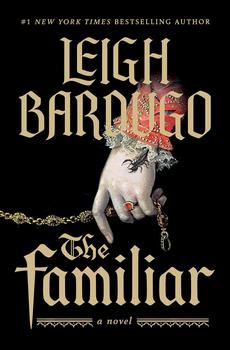
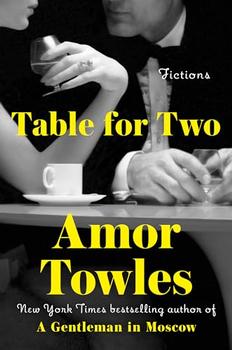
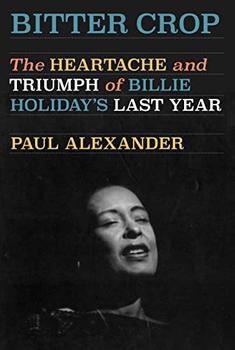
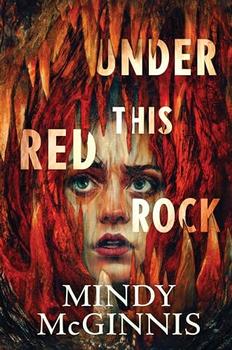
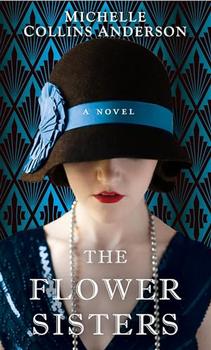
The Flower Sisters
by Michelle Collins Anderson
From the new Fannie Flagg of the Ozarks, a richly-woven story of family, forgiveness, and reinvention.
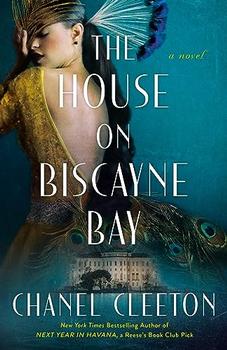
The House on Biscayne Bay
by Chanel Cleeton
As death stalks a gothic mansion in Miami, the lives of two women intertwine as the past and present collide.

The Funeral Cryer by Wenyan Lu
Debut novelist Wenyan Lu brings us this witty yet profound story about one woman's midlife reawakening in contemporary rural China.
Your guide toexceptional books
BookBrowse seeks out and recommends the best in contemporary fiction and nonfiction—books that not only engage and entertain but also deepen our understanding of ourselves and the world around us.